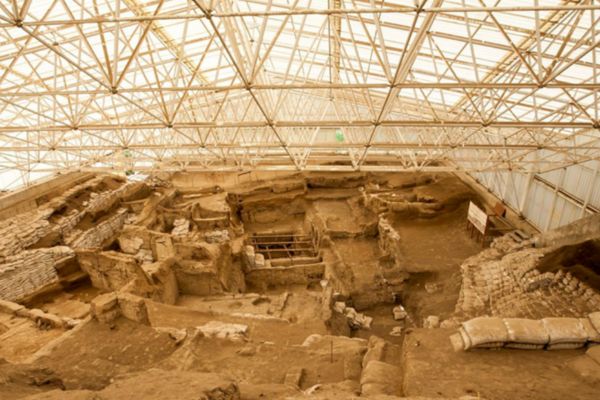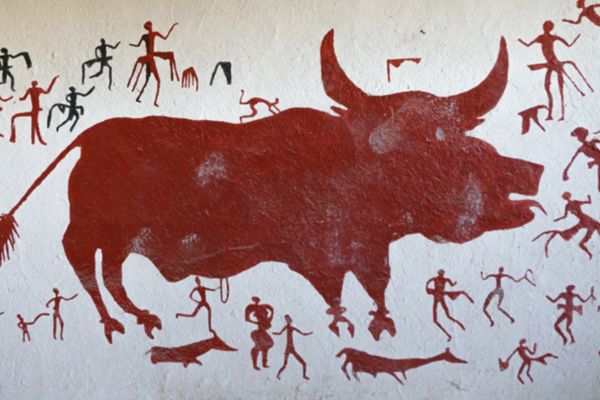From roof to roof
- POSTED ON: 11 Apr, 2024
- TOTAL VIEWS: 179 Views
- POSTED BY: Bhavya Venkatesh | Text: Archita Suryanarayanan
- ARTICLE POINTS: 150 Points
Have you ever dreamt of visiting your friends by jumping from your rooftop to theirs like a superhero? Over 9,000 years ago, residents of the Neolithic settlement of Catal Huyuk did just this. Located in present-day Turkey, Catal Huyuk dates to the late Stone Age, making it older than the well-known Indus Valley Civilisation in Asia and the much-visited Stonehenge in Britain, and over six millenia before the founding of Rome. It was occupied for around 2,000 years and possibly had up to 8,000 people living in it. But the city had no streets. The roofs were the main method of getting around.

In the Neolithic period, humans were gradually changing from being nomadic hunter-gatherers to settlers, occupying a single place as a group and getting food from farming. Catal Huyuk is one such early settlement, well preserved enough for archaeologists to form a picture of life here.
Unusual planning
Catal Huyuk had two large mounds spread over 90 acres, tightly packed with small houses built back-to-back. Most houses were composed of one large room; some had more than one floor. The houses were made of mud; some had no windows, and there were no conventional doors. To enter the house, one had to climb down a ladder from the roof. The roofs were all interconnected and were used to move around the town. The reason for the unusual planning is not known.

In many apartments today, every house has the same layout, but looks different inside because of how people have decorated them and made the ‘house’ a ‘home’. The residents of Catal Huyuk did the same — this is one of the earliest known instances of creating a ‘home’. Their interior decoration took the shape of wall paintings of geometric designs, animals and nature. Sometimes animal skulls were mounted on walls. Much like today’s houses, these rooms had designated sleeping corners, cooking corners, and even household shrines, not unlike pooja rooms of today. When their loved ones passed away, they were buried under the houses.
All the houses of Catal Huyuk were of similar sizes. What could this mean? Some believe that this points to a city without much hierarchy, as there were no palaces or larger mansions for kings and rulers, or special tombs like in Egypt. Catal Huyuk may not today be widely known, but the remnants of homes, art and artefacts are a reminder of how much of ancient life we still don’t know about.
Fast facts
Catal Huyuk is pronounced “cha-tal hay-OOK”.
It was occupied between c. 7400 BC and 5200 BC.
It was abandoned after c. 5200 BC. We don’t know why.
Archaeologists discovered the settlement only in the late 1950s.
Answer these true-or-false questions based on what you have just read.
Photos: Getty Images/iStockPhoto